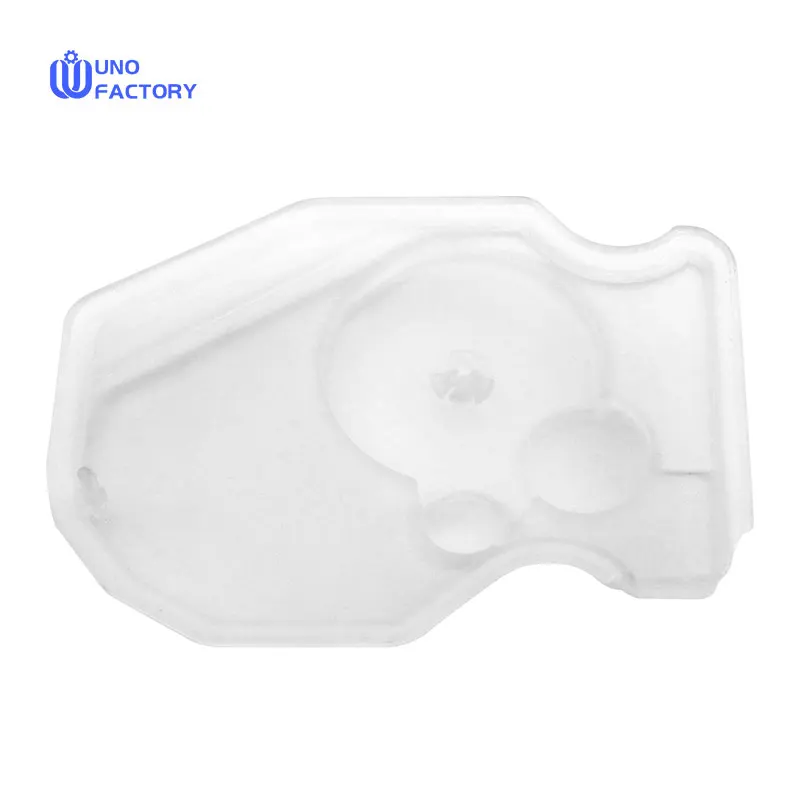Time to read: 6 min

Pad printing is a versatile and cost-effective method for applying 2D images onto objects of varying shapes and surfaces. This technique is widely used across industries for its ability to produce high-quality, detailed prints on diverse materials. This guide will explore the intricacies of pad printing, its advantages, and how it has evolved to meet modern industry demands.
Understanding Pad Printing
Pad printing, also known as tampography or tampo printing, is an indirect photogravure process that transfers images from a flat printing plate onto a 3D object. This method is particularly valuable for printing detailed and high-quality images on objects with uneven shapes and surfaces.
Historical Perspective
Initially, pad printing was used for decorating items like blue china plates and crockery. Over time, the process has evolved from manual to automated, significantly increasing efficiency and productivity. A notable advancement includes the replacement of soft gelatin with silicone pads, which offer better adhesion and chemical resistance.
How Pad Printing Works
The process involves several key components, including the pad printer, pad printing plate, pad print ink, ink cup, and the printing pad itself. The sequence begins with the ink cup filling the etched plate with ink, followed by the pad transferring the ink onto the object, creating a durable and precise print.
Tips for Successful Pad Printing
Achieving successful pad printing relies on selecting the appropriate pad type, mixing ink when necessary, avoiding excessive pad pressure, and investing in high-quality equipment.
Advantages of Pad Printing
Pad printing stands out due to its compatibility with various surfaces and materials, cost-effectiveness, quality printing, and support for multiple color options.
Disadvantages of Pad Printing
Despite its benefits, pad printing has some drawbacks, including its slower speed compared to other techniques, limitations in printing area, and potential color issues.
Applications of Pad Printed Parts
The versatility of pad printing makes it suitable for a range of applications across industries such as medical equipment, automotive, consumer appliances, sporting goods, cosmetics, and electronics.
Pad Printing vs. Screen Printing
While both methods support multi-color printing, pad printing is ideal for smaller objects of different shapes, whereas screen printing is better suited for large-scale projects on flat surfaces.
Conclusion
Pad printing is a precise and efficient technique for transferring 2D images onto objects of various dimensions. With a thorough understanding of the process and the right materials, pad printing can significantly enhance product identification, traceability, and aesthetics.
For all your pad printing needs, from prototypes to high-volume production, consider partnering with a service provider that offers a wide range of surface finishing services.




